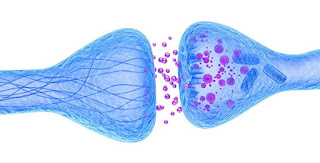HIV-associated synaptic degeneration
Human immunodeficiency virus (HIV) infection induces neuronal injuries, with almost 50% of infected individuals developing HIV-associated neurocognitive disorders (HAND). Although highly activate antiretroviral therapy (HAART) has significantly reduced the incidence of severe dementia, the overall prevalence of HAND remains high. Synaptic degeneration is emerging as one of the most relevant neuropathologies associate with HAND. Previous studies have reported critical roles of viral proteins and inflammatory responses in this pathogenesis. Infected cells, including macrophages, microglia and astrocytes, may release viral proteins and other neurotoxins to stimulate neurons and cause excessive calcium influx, overproduction of free radicals and disruption of neurotransmitter hemostasis. The dysregulation of neural circuits likely leads to synaptic damage and loss. Identification of the specific mechanism of the synaptic degeneration may facilitate the development of effective therapeutic approaches to treat HAND.
REFERENCE:
Ru W, Tang SJ. HIV-associated synaptic degeneration. Mol Brain. 2017 Aug 29;10(1):40. doi: 10.1186/s13041-017-0321-z. Review.
REFERENCE:
Ru W, Tang SJ. HIV-associated synaptic degeneration. Mol Brain. 2017 Aug 29;10(1):40. doi: 10.1186/s13041-017-0321-z. Review.



Comentarios
Publicar un comentario